
No one has to guess what’s under the hood of Ferrari’s latest GT.
Introducing the Ferrari “Dodici Cilindri”! This new model’s name, which means “12 Cylinders” in Italian, captures the heart of the car. Jacopo Marcon, the product marketing manager, explains, “We wanted a name that represents the essence of the car itself.”
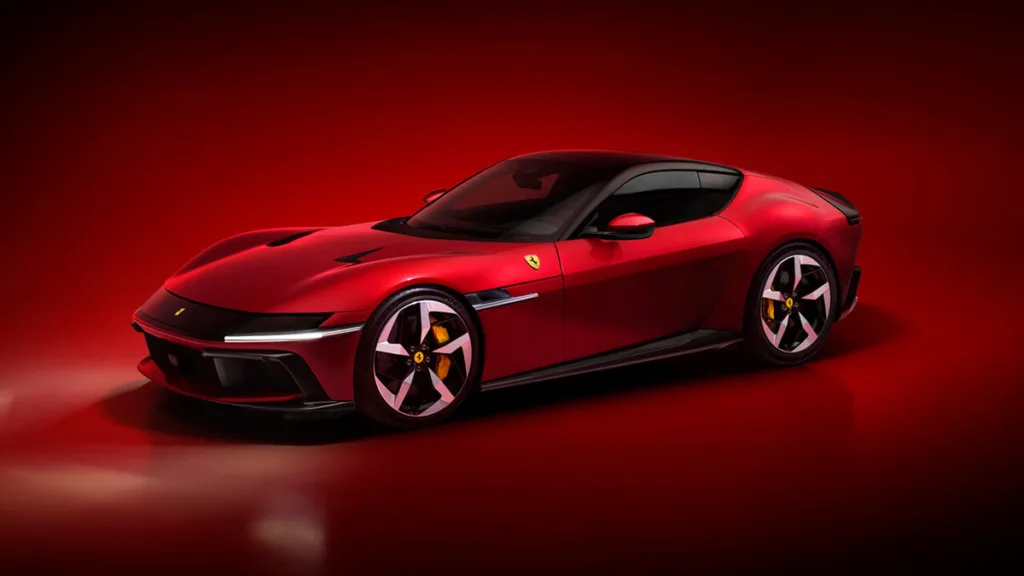
As V-12 engines become rarer, the 12Cilindri honors this powerful configuration that’s central to Ferrari’s legacy. It replaces the 812 with the classic formula: a front-mounted V-12 engine, seating for two, and rear-wheel drive. The styling pays homage to Ferrari’s rich history while looking sleek and modern.
The front of the new Ferrari nods to the classic 365GTB/4 Daytona but also takes inspiration from sci-fi, creating a “faceless” look by hiding the headlights. A striking feature is the C-pillar graphic that extends over the roof, resembling a stylish grab handle, with a dark-tinted glass section in front.
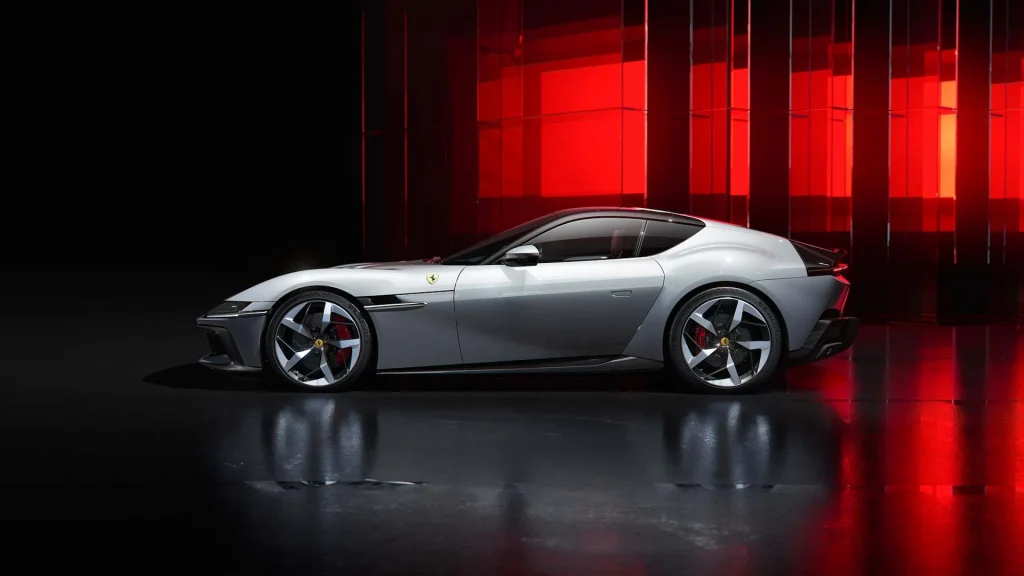
The car has a long hood and muscular fender arches, sitting on impressive 21-inch wheels (275/35ZR-21 in front and 315/35ZR-21 in back). Unlike typical Ferrari sports cars, this grand tourer keeps its aerodynamic elements subtle. Instead of a large rear spoiler, it has clever flaps that deploy during spirited driving to boost downforce at speeds between 37 and 186 mph, staying hidden when you’re cruising straight.
Inside the Ferrari, you’ll find a classic dual-cockpit layout featuring three sleek screens: a large 15.6-inch driver display, a 10.3-inch center infotainment screen, and an 8.8-inch screen for the passenger. Ferrari loves its touch-sensitive controls—some are great, like the haptic start/stop button on the steering wheel, while others, like the touch-swipe side-mirror adjustment, can be frustrating. Fortunately, the physical manettino knob is still here for easy switching between driving modes: Wet, Sport, Race, CT Off, and ESC Off.
The standard seats in the Ferrari are comfy and well-shaped, though they’re on the firmer side. Be cautious with the sport seats—they look great but don’t adjust much. The sleek, curvy front fenders create a scoop-like shape that enhances your view of the road ahead. While the rear visibility is decent, there are some big blind spots in the back corners.
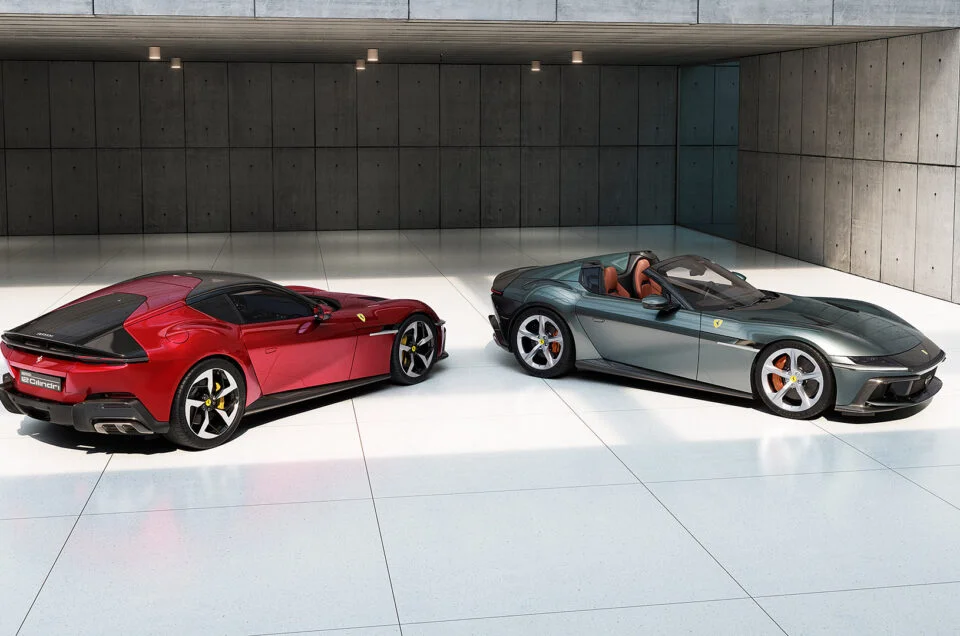
Beneath the clamshell hood, you’ll find the F140HD, a powerful 6.5-liter naturally aspirated V-12 engine first seen in the 812 Competizione. It delivers the same thrilling 819 horsepower at a high 9250 rpm, though torque is a bit lower at 500 pound-feet at 7250 rpm. And yes, the redline still hits an impressive 9500 rpm!
Driving on the wet roads of Luxembourg required some careful footwork, but the long-travel accelerator made it easy to control the powerful V-12. To ensure the best sound, the exhaust pipes are all the same length, and the system has been updated. There are no options for switching up the exhaust sound—just a sharp bark at startup with no pops or crackles.
At low speeds, the engine is pretty quiet, but once you hit around 3000 rpm, it starts to come alive. By 4000 rpm, the real music begins, building in intensity. When you pass 6500 rpm, red LEDs on the steering wheel light up, and as you near the 9500-rpm redline, the final two blue LEDs flash, signaling you’ve hit the limit.
Ferrari has been making 12-cylinder cars since 1947, but the 12Cilindri is the first to feature “12” in its name. Does this mean it could be the last of its kind? Jacopo Marcon says, “Some people have suggested that, but we’re not confirming anything.” It seems that as long as Ferrari can keep the V-12 alive, they’ll continue the symphony. Whether it’s a finale or not, the 12Cilindri is definitely a hit!

The streets of Dubai, a playground for the world’s most opulent automobiles, r
Read More
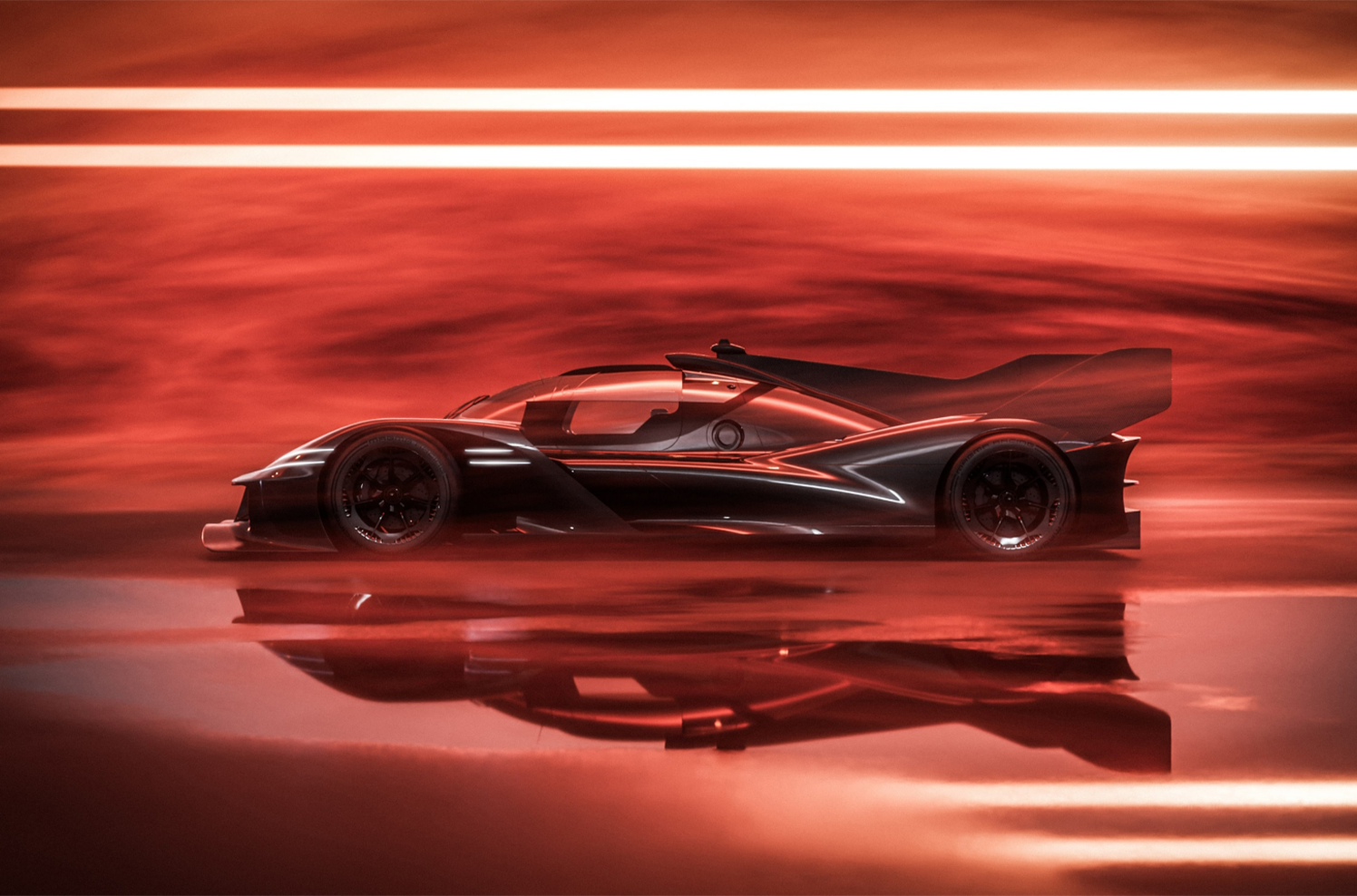
The automotive equivalent of a rookie challenging Muhammad Ali: Genesis has thro
Read More
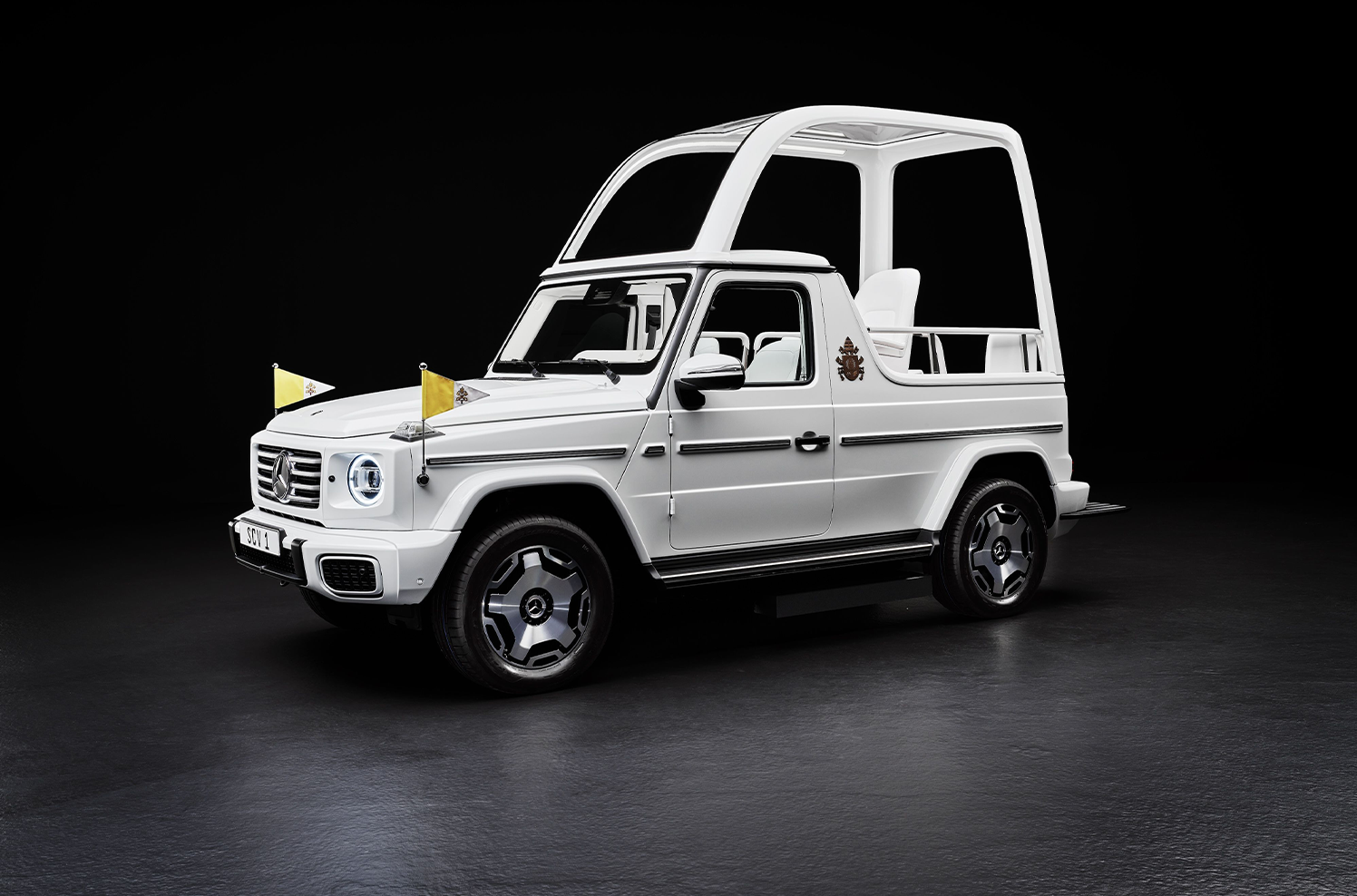
The latest iteration of the Popemobile—the Holy Father's main form of transpor
Read More
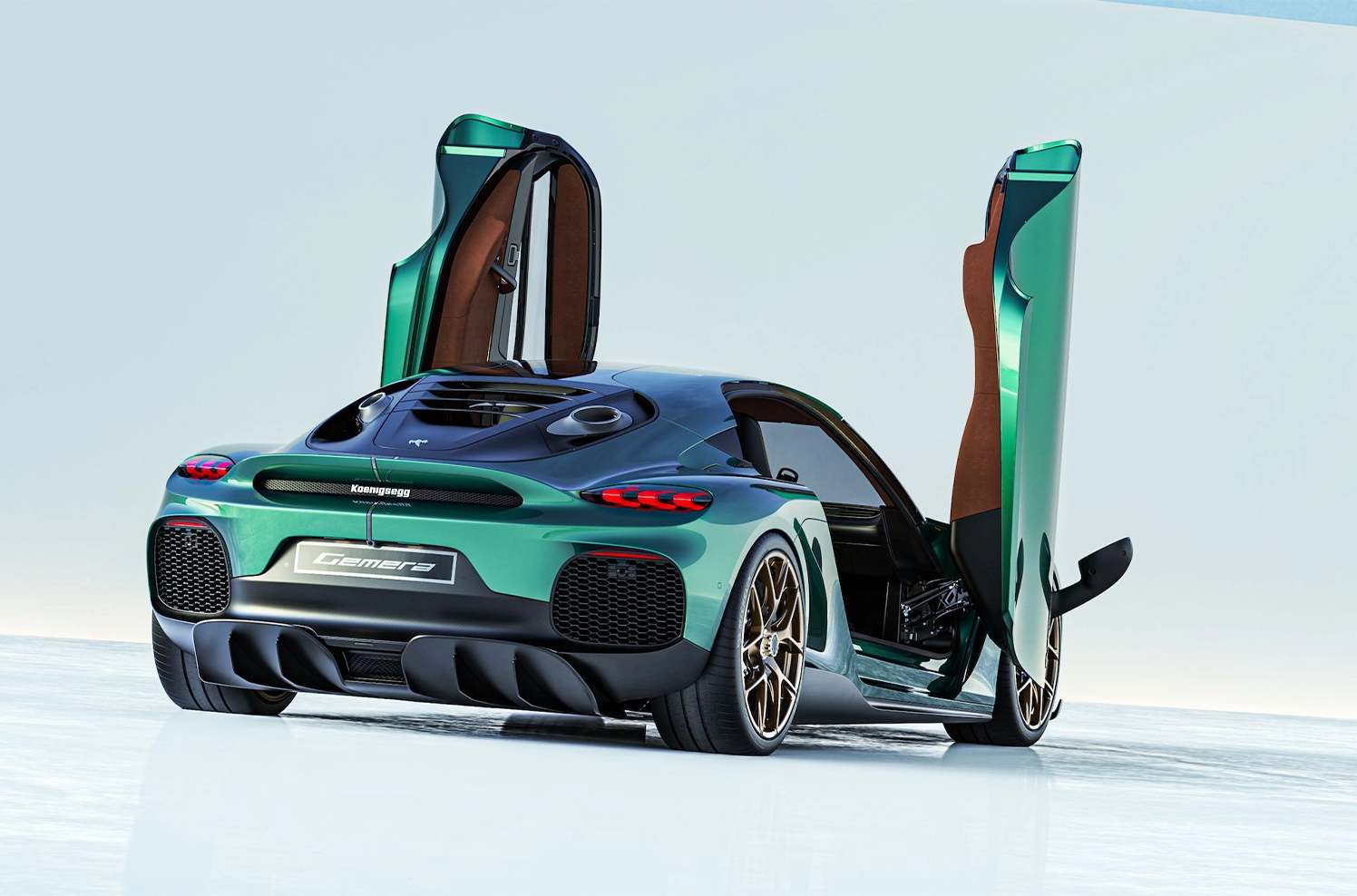
The production version of Koenigsegg's four-seat supercar will offer a 5.0-liter
Read More


